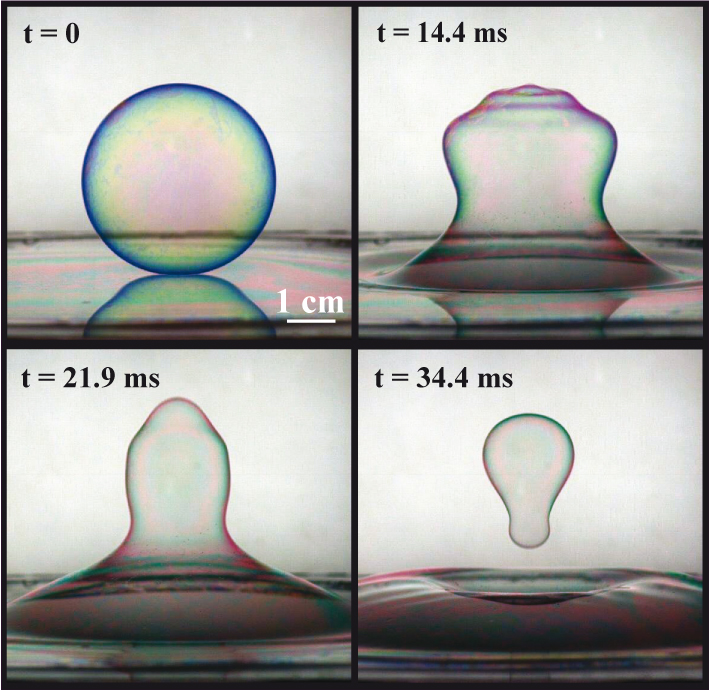Particle Motions in Simple Geometries: Surprises at Both Low and High Reynolds Numbers
Howard A. STONE
Princeton University, USA
The flow of particle-laden flows occurs widely, including bulk flows at low or high Reynolds numbers. We give a few examples of our current work in this area. First we consider flow in a T-junction, which is perhaps the most common element in many piping systems. The flows are laminar but have high Reynolds numbers, typically Re=100-1000. It seems obvious that any particles in the fluid that enter the T-junction will leave following one of the two main flow channels. Nevertheless, we report experiments that document that bubbles and other low density objects can be trapped at the bifurcation. The trapping leads to the steady accumulation of bubbles that can form stable chain-like aggregates. Our three-dimensional numerical simulations rationalize the mechanism behind this surprising phenomenon. Second, we consider low Reynolds number flows in channels and porous systems with dead-end pores. We document how salt gradients, via the mechanism of diffusiophoresis, can remove particles from dead-end pores or deliver particles into such pores. The transport can be size dependent and we explore the phenomenon using experiments and modeling.
